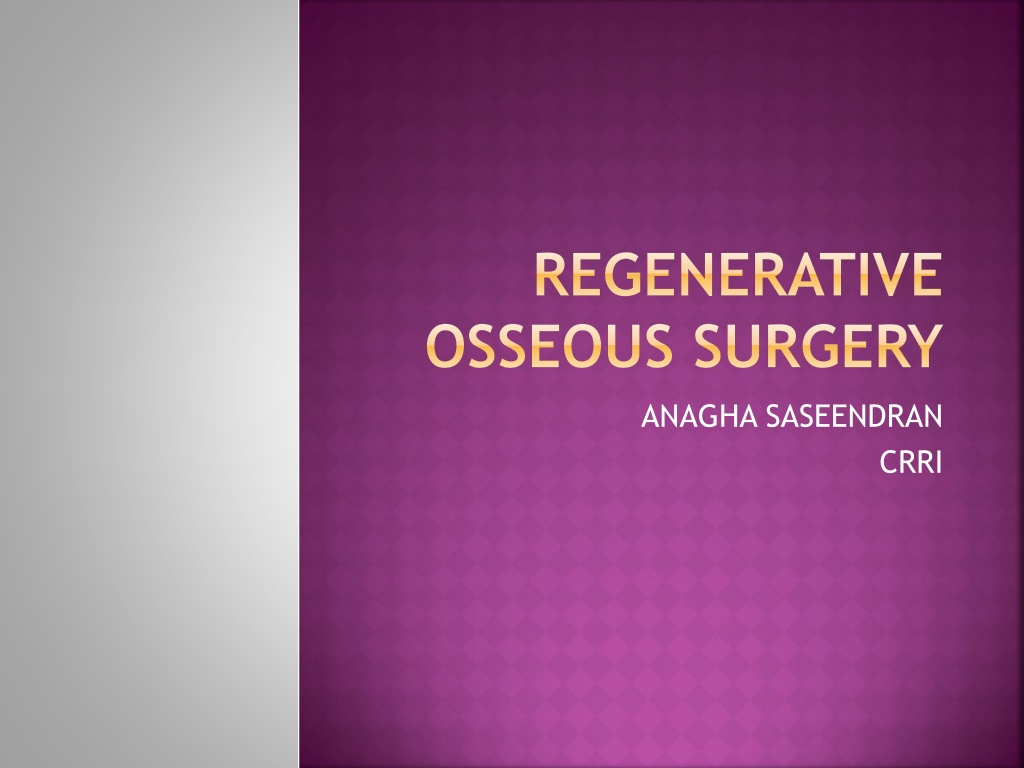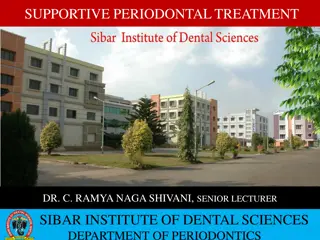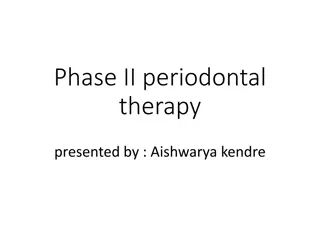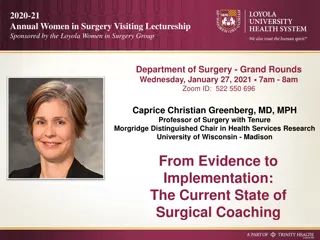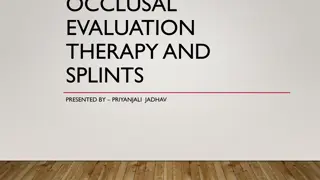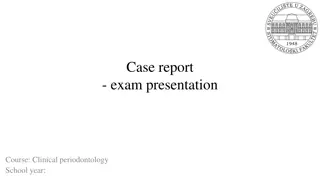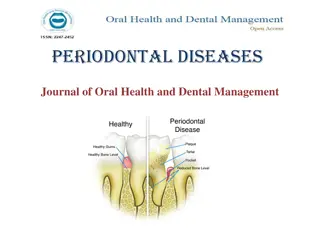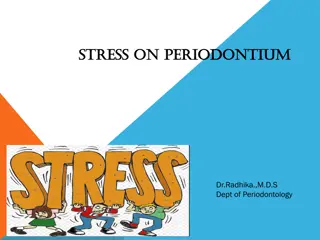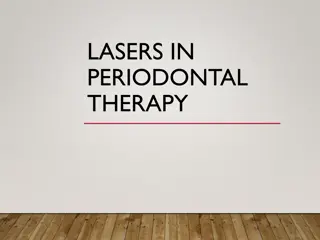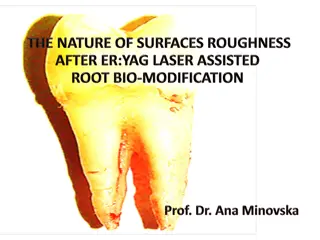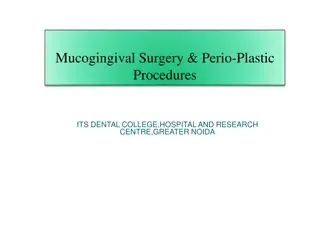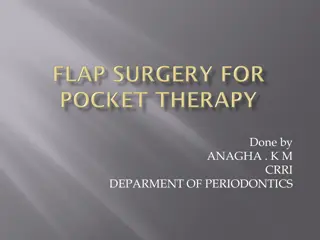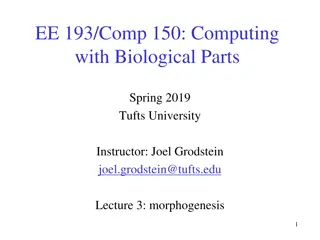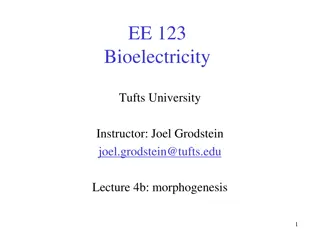Understanding Regenerative Osseous Surgery in Periodontal Therapy
Regenerative osseous surgery is a procedure aimed at reshaping the alveolar bone to correct deformities caused by periodontal disease. This comprehensive guide covers the definition, types, indications, and contraindications of osseous surgery, emphasizing the goal of achieving ideal periodontal regeneration outcomes. With insights into different types of osseous surgery and key considerations such as bone architecture and thoroughness of reshaping, this resource sheds light on the rationale behind this surgical approach. Indications and contraindications are outlined to provide a holistic view of patient eligibility for osseous surgery in the context of advanced periodontitis and systemic health factors.
Download Presentation

Please find below an Image/Link to download the presentation.
The content on the website is provided AS IS for your information and personal use only. It may not be sold, licensed, or shared on other websites without obtaining consent from the author. Download presentation by click this link. If you encounter any issues during the download, it is possible that the publisher has removed the file from their server.
E N D
Presentation Transcript
REGENERATIVE OSSEOUS SURGERY ANAGHA SASEENDRAN CRRI
CONTENTS INTRODUCTION DEFINITION TYPES OF OSSEOUS SURGERY INDICATION CONTRAINDICATION
INTRODUCTION New attachment with periodontal regeneration is the ideal outcome of periodontal therapy because it results in obliteration of the pocket and reconstruction of the marginal periodontium .
DEFINITION osseous surgery may be defined as the procedure by which changes in the alveolar bone can be accomplished to rid it of deformities induced by the periodontal disease or other related factors ,such as exostosis and tooth supra irruption.
RATIONALE The goal of osseous surgery is reshaping the marginal bone to ressemble the alveolar process undamaged by periodontal disease.
TYPES OF OSSEOUS SURGERY 1) depending on the position of the interdental bone radicular bone . Positive architecture When the radicular bone is apical to the inter dental bone. Negative architecture If the inter dental bone is more apical than the radicular bone. Flat architecture It is the reduction of the interdentalbone to the same height as radicular bone.
2)depending on the thoroughness of the osseous reshaping Definitive osseous reshapping Here, the reshaping will not improve the over all result. Compromise osseous surgery Bone pattern that cannot be improved without significant osseous removal.
INDICATION One walled angular defects. Thick,bony marjins. Shallow crater formations. CONTRAINDICATION Age Systemic health Improper oral hygiene High caries index
Extreme root sensitivity Advanced periodontitis Unacceptable esthetic result
TECHNIQUES The following steps are suggested 1.VERTICAL GROOVING 2.RADICULAR BLENDING 3.FLATTENING OF INTERPROXIMAL BONE 4.GRADUALIZING MARGINAL BONE VERTICAL GROOVING It is indicated to reduce the thickness of alveolar housing INDICATIONS Thick bony margins Shallow crater formation
CONTRAINDICATION Areas with close root proximity Thin alveolar housing. RADICULAR BLENDING It gradualize the bone over the entire radicular surface and provides a smooth,blended surface for good flap adaptation.
FLATTENING OF THE INTERPROXIAML BONE It requires removal of very small amount of supporting bone. INDICATION One wall deffects or hemiseptal deffects. GRADUALIZING MARGINAL BONE. Bone removal is minimal but necessary to provide a sound regular base for the gingival tissue to follow. The flaps ere placed in original position and sutured.
RECONSTRUCTIVE SURGICAL TECHNIQUES They are 1.nongraft- assosiated new attachment 2.graft assoasiated 3.combination of both. NON GRAFT ASSOSIATED NEW ATTACHMENT it can be achieved without the use of graft in following... a)Infrabony deffects b)Perioendodontal abcesses c)When the destructive procedure has occured very rapidly
Various techniques are... A)removal of junctional and pocket epithelium CURETTAGE CHEMICAL AGENTS ULTRASONIC METHODS SURGICAL METHODS B)GUIDED TISSUE REGENERATION it is an epithelial exclusionary technique that promotes new connective tissue attachment without the use of any implant material.
RATIONALE BEHIND USING GTR Stabilize the clot Barrier membrane maintains space between the tooth and the defect. Exclusion of epithelium and gingival CT. INDICATION Infrabony deffects. circumferential deffects class two furcation deffects recession deffects
Two types of membrane have been used A)DEGRADABLE B)NONDEGRADABLE C)root biomodification It is the procedure use to condition the root surafce,for attachment of new connective tissue . Sevearl substances like citric acid ,fibronectin and tetracycline is used
GRAFT ASSOCIATED NEW ATTACHMENT GRAFT : it is a viable tissue that after removal from donar site is transplanted within the host tissue,which is then repaired,restored and remodelled. OSTEOCONDUCTION A process by which the graft material is capable of promoting cementogenesis,osteogenesis and new PDL.
OSTEOCONDUCTION: The graft material act as a passive a matrix ,like a trellis or scaffolding for new bone to cover. CONTACT INHIBITION The process by which the graft material prevents apical proliferation of the epithelium XENOGRAFT or HETEROGRAFT The donor of the graft is from a species different from the host.
ALLOGRAFT OR HOMOGRAFT a tissue transfer between the individuals of the same species but with non identical gene. AUTOGRAFT A tissue transfer from one position to a new position in the same individual. ALLOPLASTIC GRAFT The graft of inert synthetic material which is some time called as implant material.
IDEAL REQUIREMENTS OF BONE GRAFT MATERIAL biologic acceptability predictability clinical feasibility minimal post. Op. Hazards good patient acceptance
AUTOGENOUS BONE GRAFT. Graft tranfered from one position to another Within the same individual. it has osteogenic and osteoconductive potency. most prefered. they are repaced and resorbed by bones.
ALLOGRAFT It is the graft transfered between genetically dissimilar members of the same species. They are commercially available. Freeze dried bone allograft & demineralised freeze dried bone allograft.
XENOGENIC GRAFT. They are the graft taken from a donor of another species. They are reffered as anorganic bone. Resorption of xenograft takes place very slowly
ALLOPLAST They are synthetic or inoragnic implant material which are which are used as substitute for bone graft. Polymers ,tricalcium phosphate,hydroxyapatite and bioactive glasses are mostly used.+/
